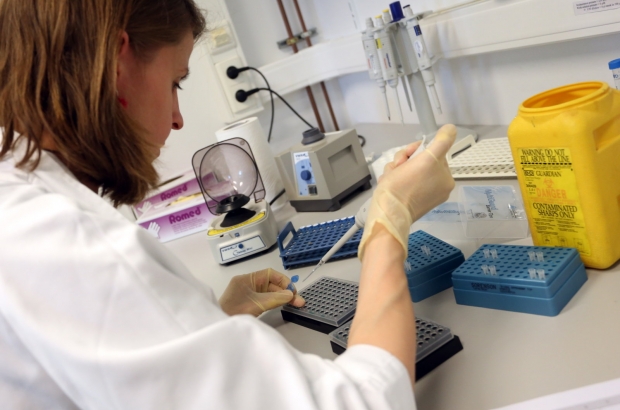- Daily & Weekly newsletters
- Buy & download The Bulletin
- Comment on our articles
Belgian researchers discover gene crucial to skeleton development
Belgian researchers have discovered a gene of major importance in the development of the skeleton.
The researchers from the Centre for Medical Genetics at Ghent University (UGent) and Ghent University Hospital (UZ Gent) made the breakthrough when examining the genome of babies with grave bone deformities.
They discovered a gene that encodes for the TAPT1 protein; the function of the protein was previously unknown.
On the basis of hereditary research, they were able to pinpoint the involvement of the protein in bone development.
To determine the function of the new protein, the researchers had to identify the exact location of TAPT in the cell. They found it at a surprising spot: at the base of the “cilium”.
Every cell has a cilium, which is responsible for cells migrating to the right places in the body and carry out its specific function.
Researcher Sofie Symoens said: "We applied the gene defect in zebra fish and noticed that they also developed deformities in their bones and cartilage.
"This was proof of the involvement of the protein in cartilage and bone formation early in embryonic development."
The findings provide important perspectives for future research, according to professor Paul Coucke, of the Centre of Medical Genetics.
He said: "There is little known at this point about the function of cilia during bone formation, and there are possibly other genetic defects in cilia that play a role in related bone conditions."
Photo: Hilde Christiaens

















